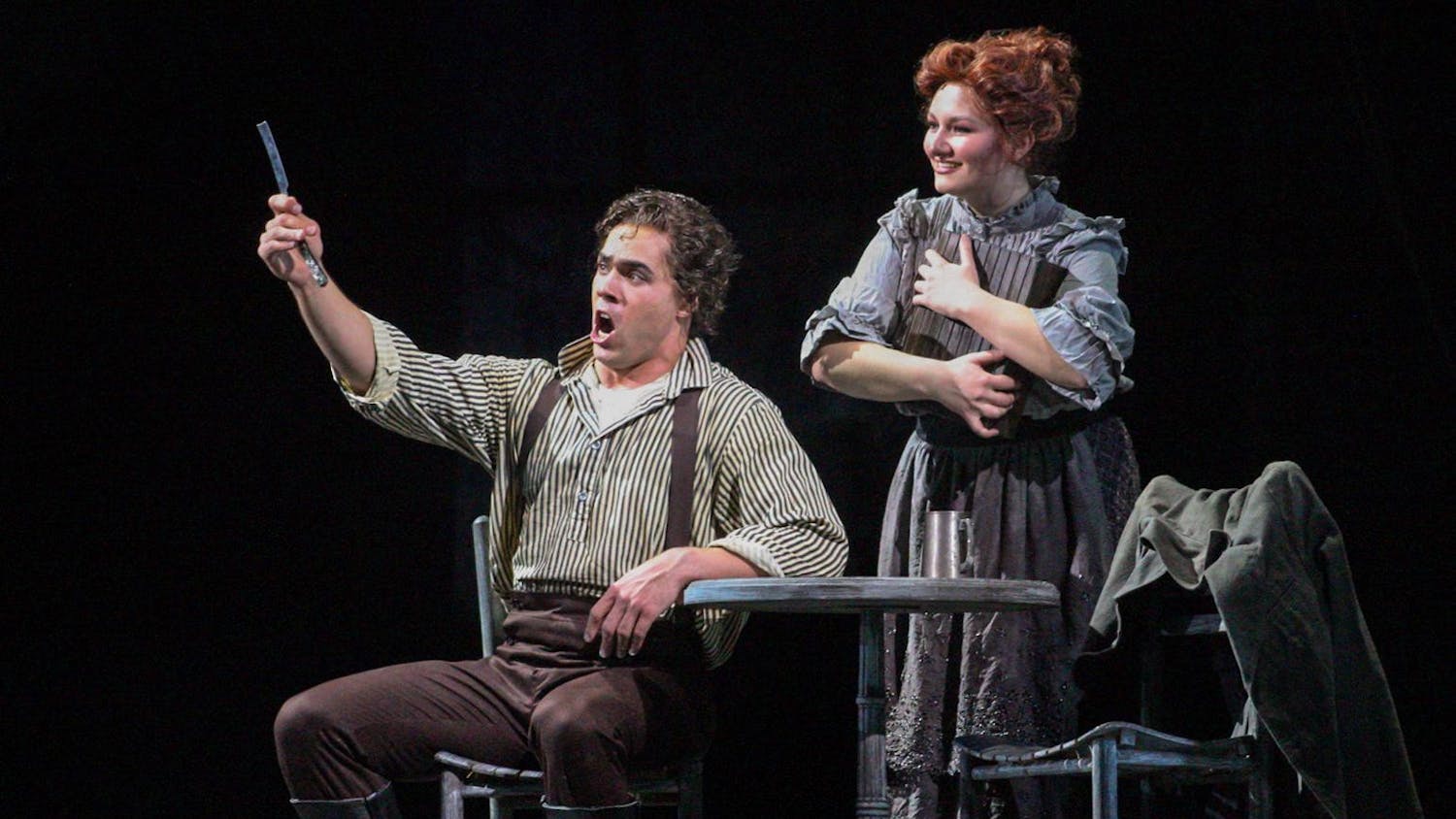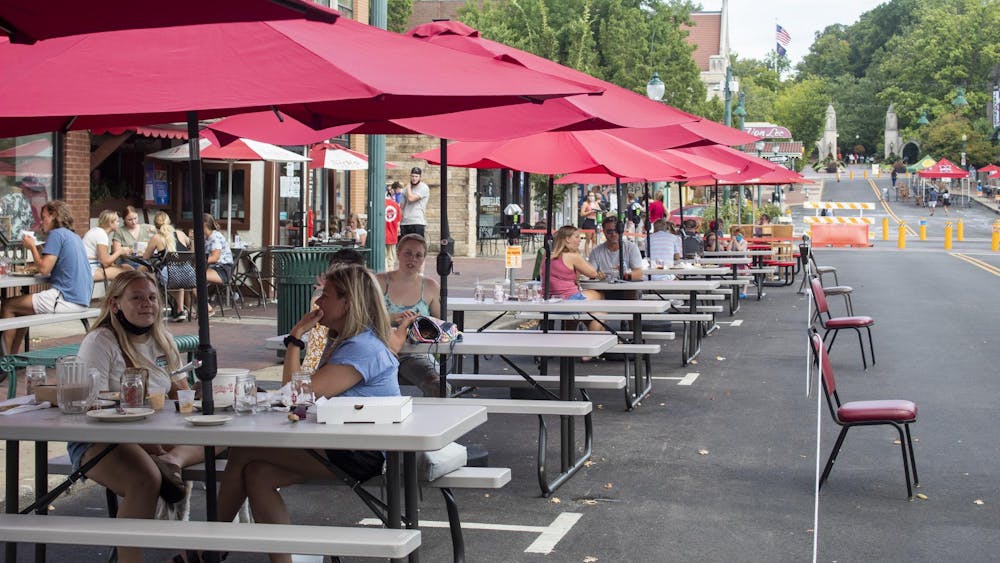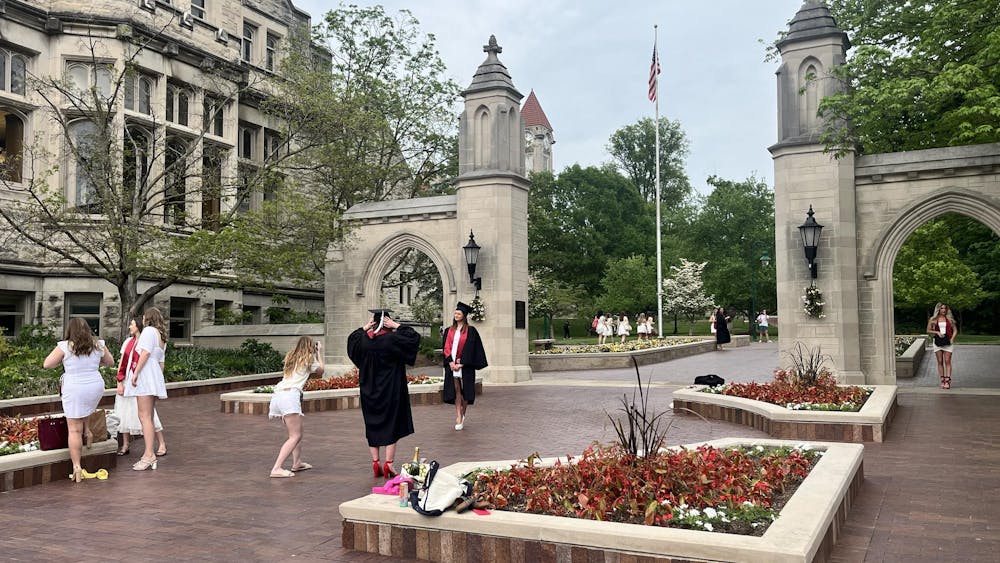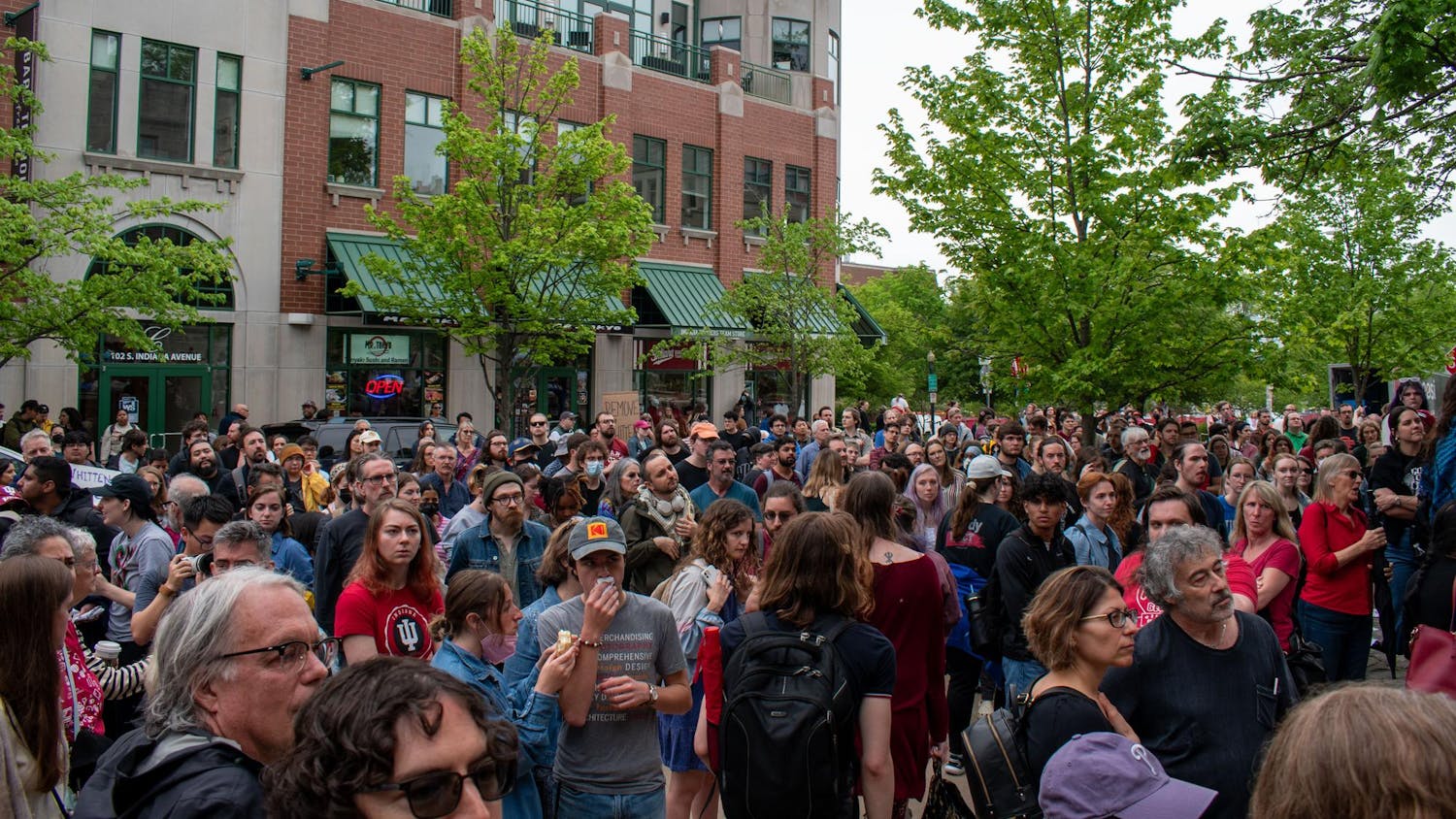People from all over the country traveled to experience the Silk Road Bayram festival Saturday held by the Azerbaijani American Cultural Education Foundation and other international campus organizations. The festival explored cultures from the countries along the route to the East made famous by Marco Polo. The festival featured film, music, artifacts, food and dance from Silk Road nations.\nThe Silk Road, which stretched from Venice, Italy to Xian, China, was the major trade route between the East and West and created a unique and influential arts scene that still flourishes today.\nEarly in the afternoon, the crowd had the opportunity to get involved with the festival in a question/answer session with musical performers at the Monroe County Library, which housed a film series about the Silk Road. The first film was about how culture in Kyrgyzstan has changed since its release from the Soviet Union. A film about Turkish culture had been scheduled, but the DVD went missing.\nAfter the shortened film showing, the festival moved across the street to the Buskirk-Chumley Theater where activities recommenced.\nChow Bar provided native food and drink including Central Eurasian dishes of chicken, lamb, rice, noodles and vegetables as well as milk tea and mango juice. While dining, participants had the opportunity to study artifacts of the various cultures. The display featured a few trinkets, pottery and musical instruments from cultures along the Silk Road. The majority of the artifacts were handmade textiles and clothing featuring the ancient fine silk that gave the path its name.\nThe Tajikistan table displayed suzanis, which are ornate clothes similar to tablecloths. But for the sole purpose of decoration. Nasrullo Khodjayorov, a Tajikistan citizen on a three-year contract with the Center for Languages of Central Asian Region, also displayed ornate cultural marriage garments. Despite the economic condition of the country, the beautiful clothing is typical of most marriages.\n"The bride is to look beautiful, this is what they all wear," Khodjayorov said.\nLater that evening, the headlining concert began with various acts of song and dance. After a display of northern China's erhu and kun wu sword dance by James and Jenny Yang, Nasrin Hekmat-Farrokh and Roza Unaybayeva sang with accompanists followed by a folk dance by Mershad Abdurehim and Rehima Abuduroufu.\nThe Salaam Ensemble played many upbeat popular and folk songs from the western half of the Silk Road -- Iraq, Egypt and Lebanon. Even before violinist Dena al Saffar encouraged dancing for the last two pieces, a handful of young girls sprang to life in the dance pit. The brightest and most exuberant of the bunch was Melisa Ozturk, wearing dress from her native Turkey.\n"She doesn't know what she is doing," her mother Ezra Ozturk said. "She is just having fun."\nOf course after some coaxing, many people started dancing to the exotic rhythms.\n"I dance from the heart," 8 year-old Erol Ozturk said.\nAfter an intermission, Hakan Toker played the improvisational "Voyage through the Silk Road" on the piano. He said the piano was typically not conducive to this type of music because it was not capable of playing all the intonations needed in the piece.\n"It usually sounds bad because it cannot make quarter tones, but not always," Toker said.\nQuarter tones are a signature of Middle Eastern music and were featured in a set later in the program.\nThe artifacts and music on display at the festival only showed a portion of the unique culture along the route traveled by Polo and other adventurers. According to the program, after Polo wrote about his 17 years exploring the East, he gasped on his deathbed "I have told only half of what I saw!"\n-- Contact staff writer Benjames Derrick at .
Silk Road Bayrem explores cultures of Central Asia
Festival showcases route traveled by Marco Polo
Get stories like this in your inbox
Subscribe





